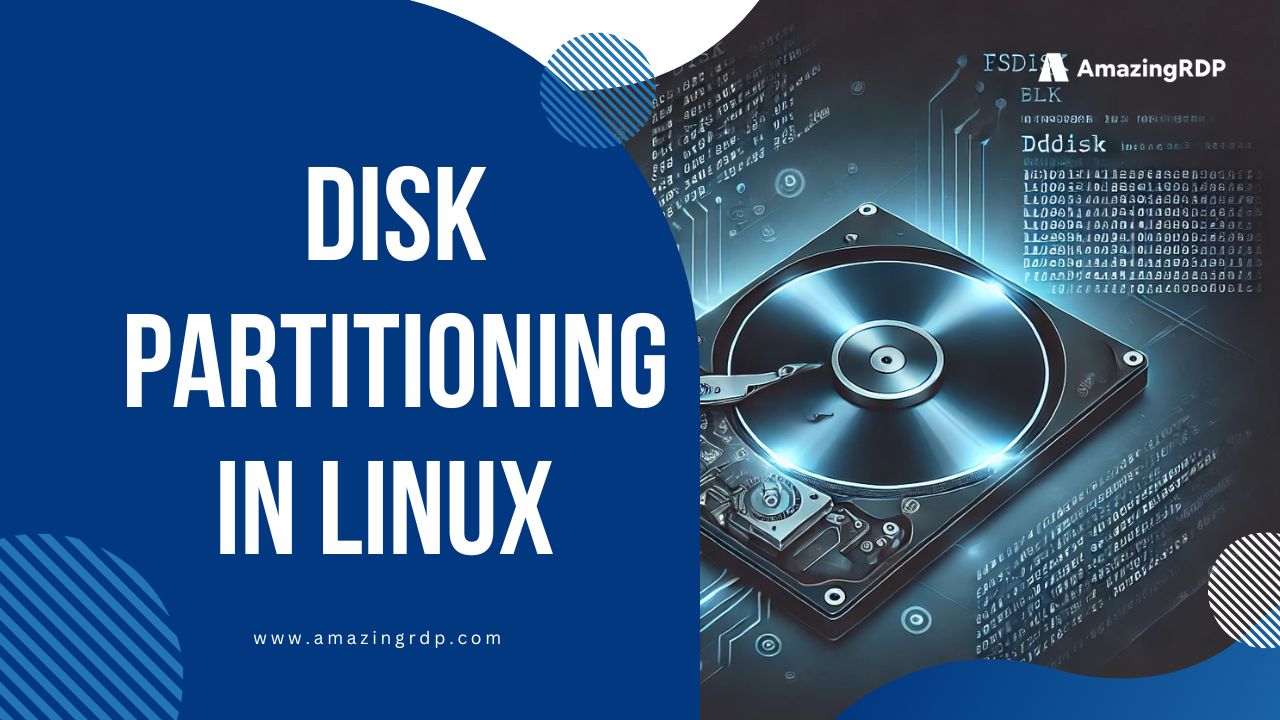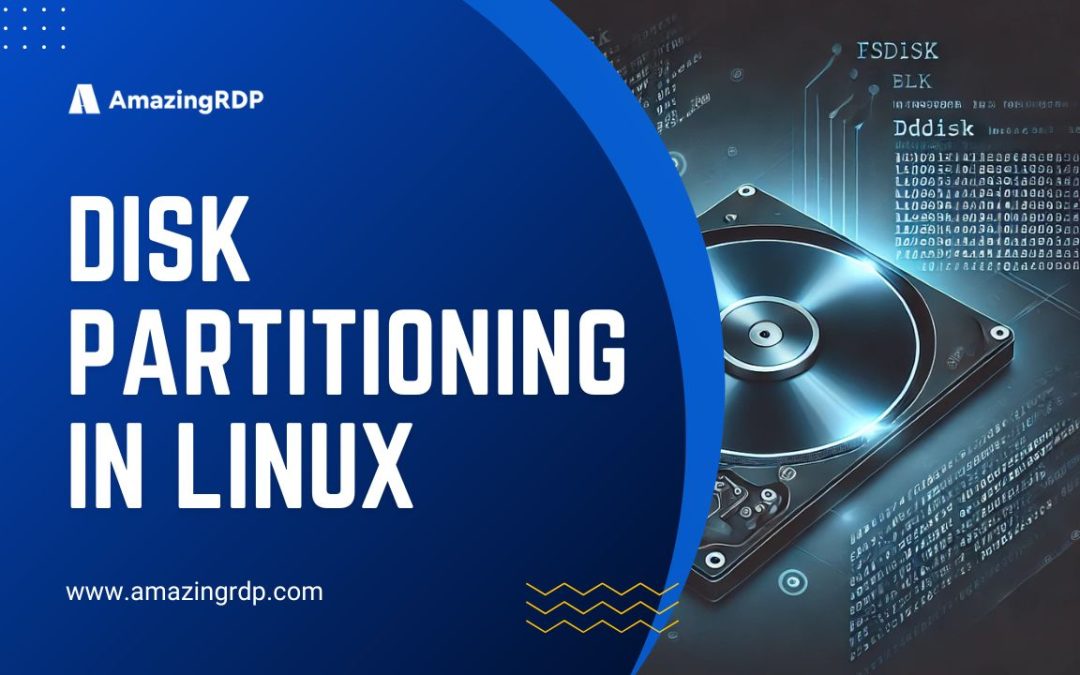Unveiling the Essence of Disk Partitioning in Linux.

Disk Partitioning
In Linux, disk partitioning involves actively crafting distinct sections on a hard drive, each serving a unique purpose such as data storage or housing an operating system. It is a dynamic process where users actively create partitions to optimize their storage space and efficiently manage the allocation of data and system resources. By engaging in this deliberate partitioning, users can tailor their storage solutions to meet specific needs, whether organizing files, facilitating multi-boot configurations, or enhancing system performance. The act of partitioning empowers Linux users to exercise precise control over their storage infrastructure, ensuring a flexible and optimized computing environment.

Explore More; Monitoring Disk Space Usage in Linux
Why do you need disk partitioning?
Disk partitioning is important for optimal use of hard disk space and data organization. It allows you to create partitions that can be used for different purposes, such as installing an operating system, storing user files, or backing up data.
Disk partitioning also ensures data security because partitions can be separated from each other and protected from damage or data loss. Disk partitioning also allows you to better manage disk space, such as creating partitions of different sizes or merging multiple partitions into one large partition. Operating systems, including Linux, require specific disk layouts to install and function properly. For example, the OS may require a separate partition for the bootloader or swap partition.
What determines disk layout in Linux
Disk partitioning actively defines the structure and organization of data on the disk while specifying usable partitions. Additionally, it encompasses the creation of file systems on these partitions, enabling the operating system to utilize them for storing files and data.
Linux encompasses various types of disk partitions, including MBR (Master Boot Record) and GPT (GUID Partition Table). MBR, an older format, accommodates up to 4 primary partitions. In contrast, GPT, a contemporary standard, offers more flexibility in disk partitioning.
It allows for the creation of over 4 primary partitions and provides support for larger disks, exceeding 2 terabytes.
Installable on Linux, the parted utility empowers users to actively perform operations, including creating, modifying, and deleting disk partitions. It also facilitates the formatting of partitions using a variety of file systems.

Effective disk partitioning is a foundational step in Linux system administration. Whether managing a personal system or running high-performance RDP and dedicated servers, having a structured storage layout ensures efficiency, security, and scalability.
For a secure, high-speed, and reliable hosting experience, explore AMAZINGRDP – your trusted partner in premium RDP and server solutions!
Explore More;RAID: Redundant Array of Independent Disks – Elevating Data Security and Performance
Stay Connected on Meta , X, Instagram .
EXPLORE OUR BLOGS.
